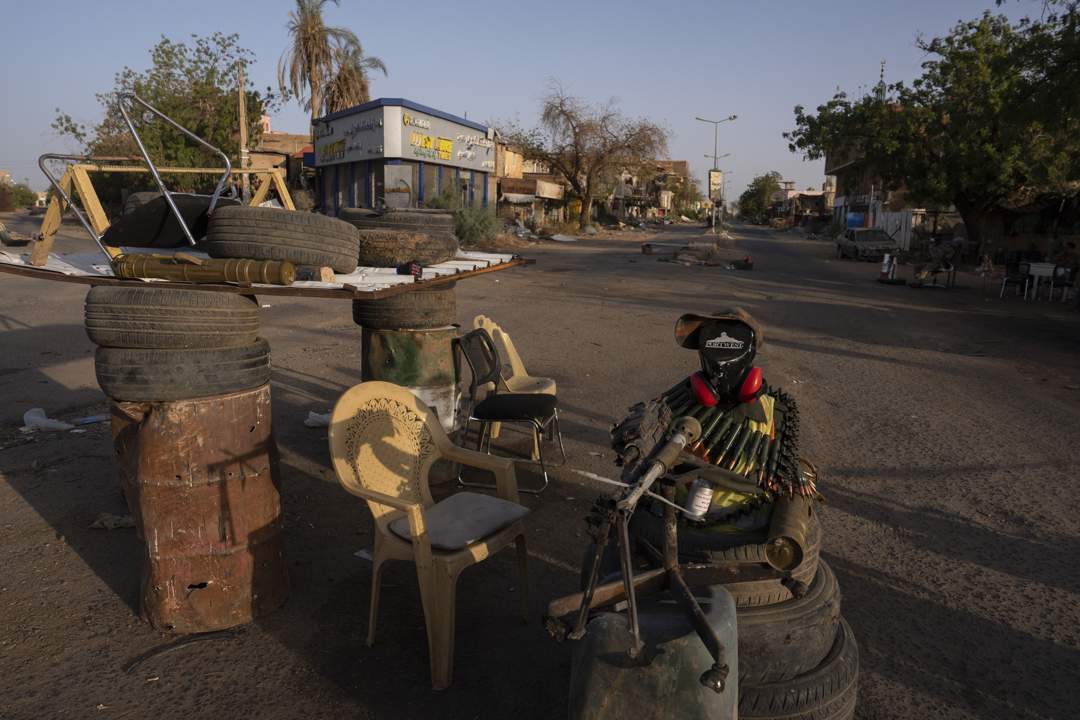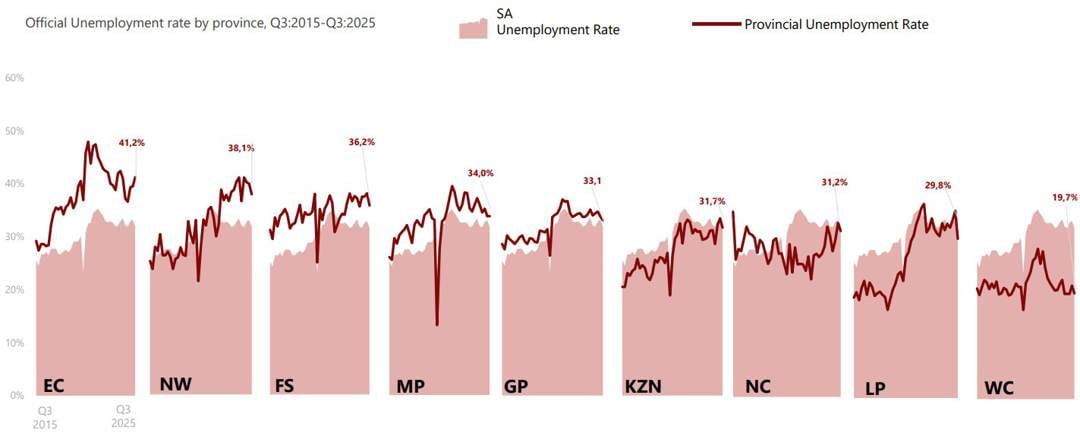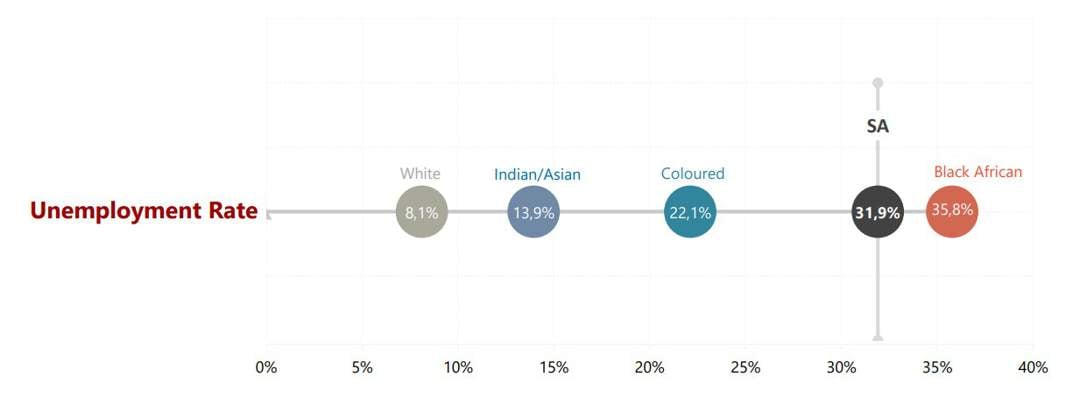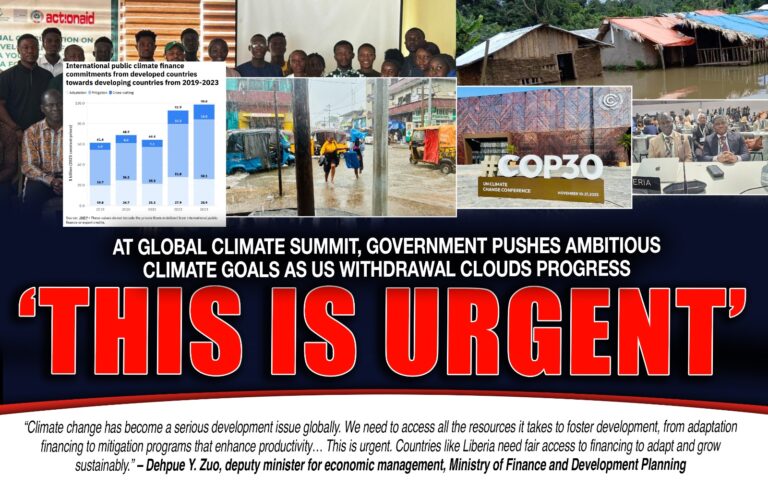
Over the past ten years, the number of unemployed people in South Africa increased from 5.4 million to 8.0 million, with those in long-term unemployment rising from 66% to 77%.
Gallo Images
The official unemployment rate fell by 1.3 percentage points to 31.9% in the third quarter, compared to the second quarter this year.
This was thanks in part to the construction sector, where employment increased by more than 10% in the three months. Employment in trade, mining and agriculture also grew, helping to contain losses in manufacturing and financial services.
This was the first time the quarterly unemployment rate fell so far in 2025.
Of the provinces, only the Eastern Cape saw an increase in unemployment.
Over the past ten years, the number of unemployed people in South Africa increased from 5.4 million to 8.0 million, with those in long-term unemployment rising from 66% to 77%.
SA’s unemployment data – which is based on a survey of only 30 000 households — has come under intense scrutiny this year after former Capitec CEO Gerrie Fourie argued that it massively undercounts informal economic activity.
In response, Minister of Employment and Labour Nomakhosazana Meth was among those who acknowledged that the Quarterly Labour Force Survey (QLFS) may need to be combined with other indicators including mobile money flows and bank transactions for a clearer picture of unemployment.
READ | Nomakhosazana Meth | Capitec CEO isn’t wrong: Unemployment data needs work
There have been some changes to the latest QLFS data in recent months, with the agency’s survey questionnaire aligning with international labour standards. This includes small changes in how informal employment are measured. Also, agricultural employment – which was previously treated as a separate sector along with formal and informal employment, has now been included in the informal and formal employment data.
This contributed to an increase in employment in the informal sector (four million people) increasing from below 21% to 23% of total employment, with the formal sector accounting for more than 70%.
More than a third of the 10.3 million (or 33.9%) people aged between 15 and 24 years were not in employment, education or training, Statistics SA reported.
The latest data shows that unemployment among graduates fell in the third quarter from 12.2% to 10.4%, while 38% of those without matric were jobless.
The unemployment rate among the black African (35.8%) population group remains much higher than other population groups.
















